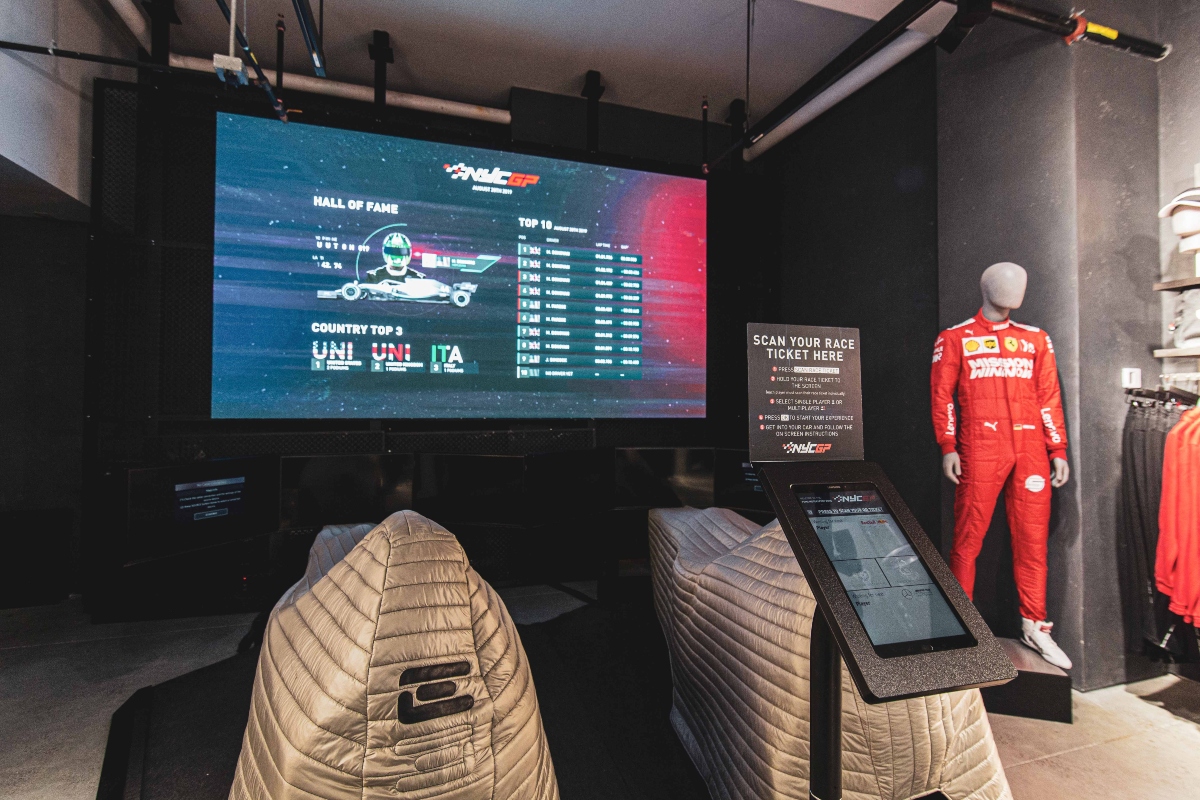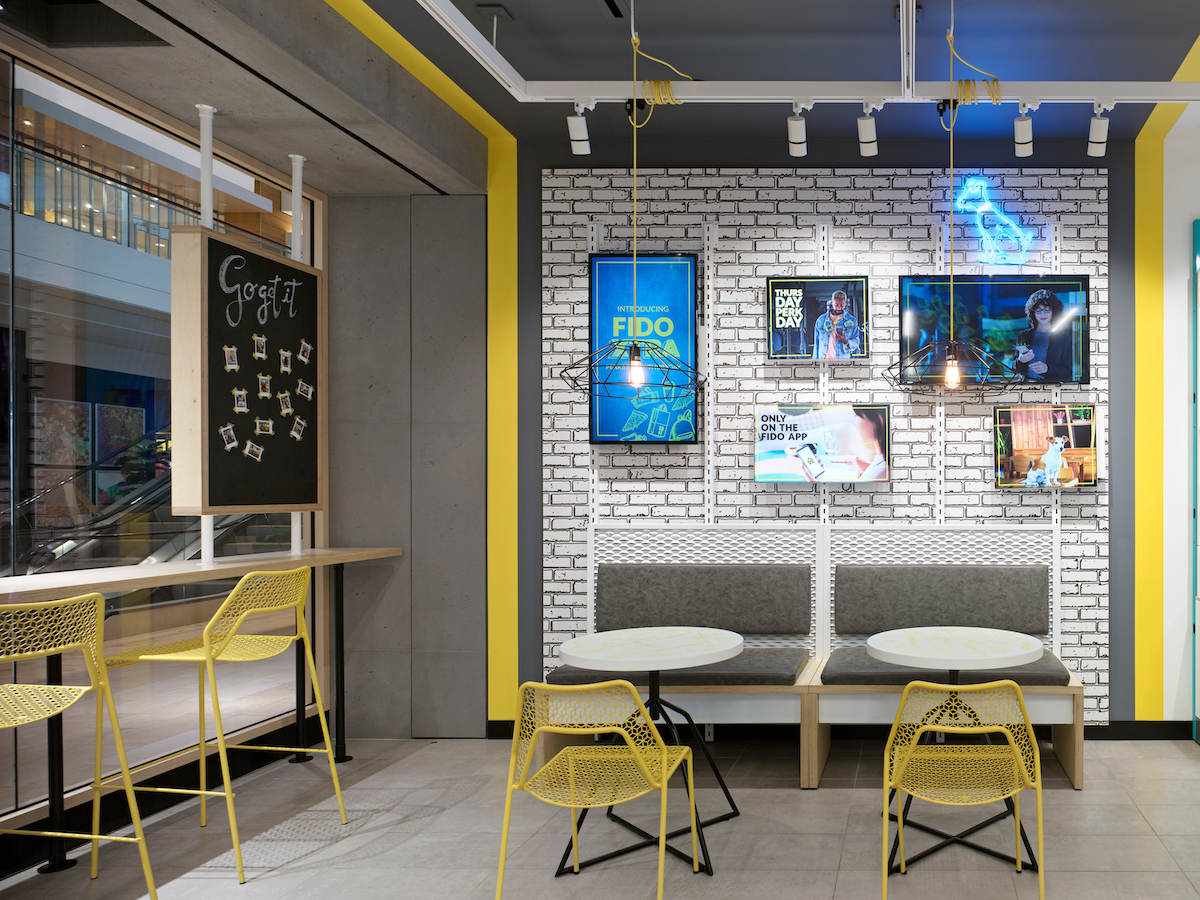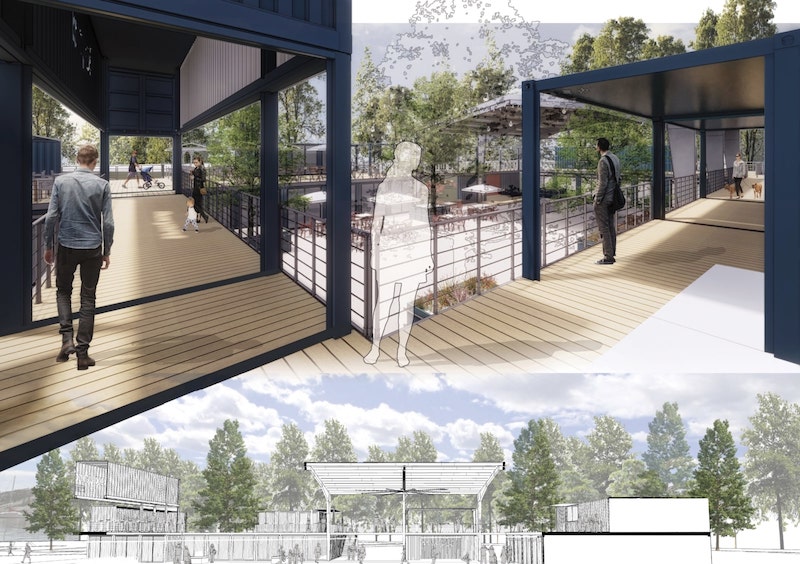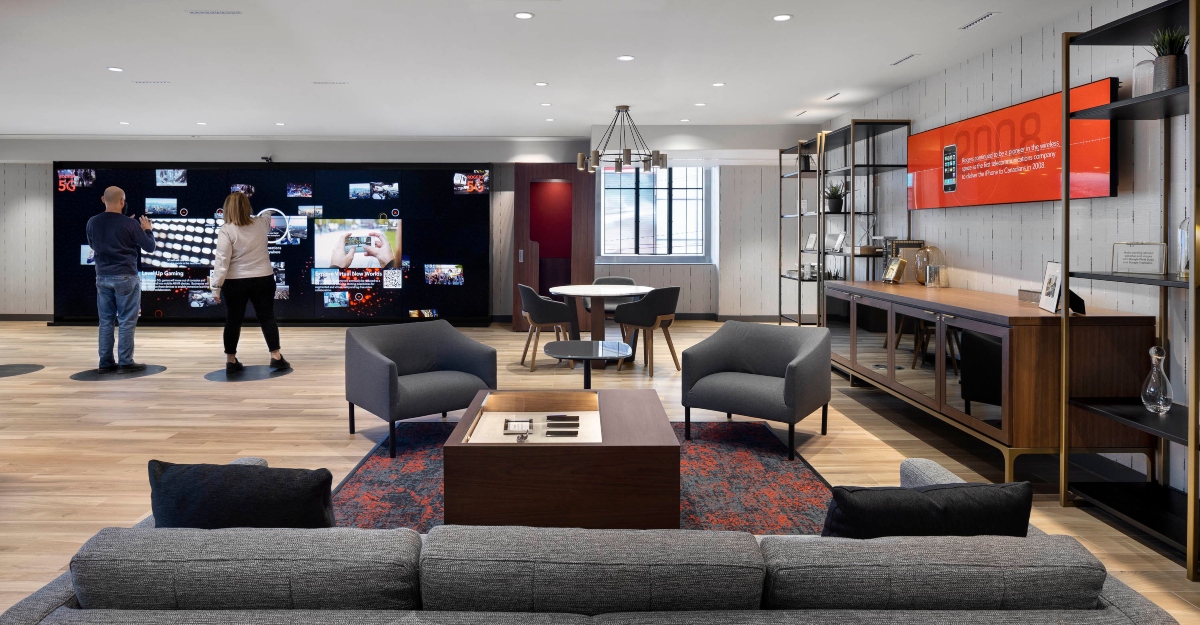Brick-and-mortar retailers, already gasping for air under pressure from ecommerce, were dealt a critical blow by the spread of the coronavirus that forced most stores and restaurants to close, or at best operate as carryout- or delivery-only providers.
The fallout has not been pretty. The website Retail Dive, which keeps a running tab on retail bankruptcies, reported that, as of June 30, 15 major retailers had either closed their doors for good or filed for protection from their creditors to prevent that. This year’s list didn’t include Microsoft, which announced it would close all but four of its 83 physical stores.
Nor did it track the casualties in the restaurant and supermarket sectors, which include the January Chapter 11 filings by Lucky’s Market and Bar Louie; the February filing by Earth Fare; FoodFirst Global Restaurants, which filed in April; Garden Fresh Restaurants, which closed its locations permanently in May; or CEC Entertainment, the parent of the Chuck E. Cheese and Peter Piper Pizza franchises, which filed on June 25.
In June, the website MoneyWise recounted several of America’s best-known brands—among them Subway, Starbucks, Pizza Hut, Burger King, Steak ‘n Shake, Boston Market, and Applebee’s—that had announced plans to close what aggregately amounts to thousands of outlets.
Yet, retail stores have continued to open during the pandemic; several, ironically, by online retailers (bit.ly/2Bxq81V).

Puma’s flagship store in New York City offers a customer experience supported by technology enabled engagement areas that include simulators for F1 racing and soccer coaching. Photo: Joe Reed, courtesy Shawmut
And while retail and foodservice are undoubtedly undergoing major changes, owners are still considering construction, renovation, and adaptive reuse projects. In June, the Dion’s pizza chain opened a 4,500-sf store, its 20th, in the Roswell Pavilion shopping mall in Albuquerque, N.M. That same month, it was reported that Lowe’s Home Improvement Centers was planning to reopen a store in Meriden, Conn., which the company had closed 11 years ago, as a discount appliance outlet (bit.ly/3ghSmN1).
Any plans for new construction and renovation need to understand how customers will want to shop in the future. Answers to that question, say AEC retail experts, start with social distancing that some believe will have a long-lasting effect on this sector.
“People will still want to protect themselves,” say Michelle Ray, AIA, LEED AP BD+C, Principal and Mixed-Use Specialist; and John Tran, AIA, NCARB, LEED AP, Vice President and Design Principal, both in SmithGroup’s Phoenix office. “They expect stores to do the same.”
For restaurants, that will mean staggering reservations to control dining room densities, says Nancy J. Ruddy, CetraRuddy’s Founding Principal and Director of Interior Design. Technology will come into play, she adds, by offering patrons a menu-free touchless experience facilitated via their smartphones. “These devices are our safe space,” says David Cassidy, AIA, NCARB, CallisonRTKL’s Senior Vice President and Retail Practice Area Lead.
“Retail brands will have a renewed focus on technological integration, driving for omnichannel experiences to be seamless as possible, so customers can easily transition between in-store and online,” adds Jim Scarpone, Director–Retail for Shawmut Design and Construction.
An equally important priority, says Scarpone, will be the health and wellness of customers and employees. That is already leading to greater use of materials that absorb less and are easier to clean, and a stricter enforcement of cleaning and sanitary protocols. SmithGroup’s principals note, for example, that retailers like Macy’s and Nordstrom have already closed their fitting rooms and quarantine clothing that’s been tried on.
Retail owners lean on technology
The virus was spreading at a time when retailers were reevaluating their store sizes and types. CRTKL’s Cassidy notes that dealers can now operate successfully with smaller stores in fewer locations by “complementing” their brick-and-mortar presence with less-expensive warehouse space that’s strategically positioned for logistics, and by integrating their online sales.
However, smaller eateries and bars could be at a disadvantage, say SmithGroup’s principals. “Restaurants are likely to look half empty and be quieter for a long time, without the energy of dining rooms bursting at the seams. Many smaller local restaurants and bars will not survive,” which could open new doors for adaptive reuse, they suggest.

CRTKL also worked with Fido, a Rogers-owned cellphone service provider, on a store redesign that moves away from the strictly transactional to a more relaxed environment that encourages conversation between staff and customers. Photo: Ben Rahn/A-Frame, courtesy CallisonRTKL
The coronavirus is providing owners and property managers with valuable lessons. Retailers and restauranteurs found that carryout and delivery can expand their customer bases. To that end, SmithGroup has seen the emergence of “ghost kitchens” that several restaurants share and are designed to fulfill takeout and delivery services, thereby reducing the financial burden on business owners and creating a safer environment for workers and diners.
Ruddy points out that restaurants which reopened initially with outdoor dining are now incorporating that into their operations to add some excitement and newness to the dining experience. The goal, she and other AEC sources say, is to capitalize on pent-up demand and motivate customers to return to stores and restaurants.
3 ways retailers are transforming shopping experience
• Technology enhanced interaction: Shawmut built out Puma’s flagship store on Fifth Avenue in New York City. The customer experience is supported by cutting-edge technology in innovative engagement areas that include an F1 racing simulator, virtual soccer coaching in a “skill cube” simulator, and virtual bleacher seating in the NBA2k gaming experience zone.
CallisonRTKL designed Canada’s first 5G-ready store with Rogers 302: a 9,000-sf technology retail hub that includes an event space for immersive, digitally facilitated experiences such as celebrity singing holograms, virtual DJs, and interactive projections.
ALSO SEE: ‘Cargotecture’ is coming to North Carolina’s Research Triangle Park

Boxyard RTP, made from 38 shipping containers, will serve as a community gathering and social space. Read the article.
• Experience over transaction: CallisonRTKL also worked with Fido, the cellphone provider, to create a new store concept whose redesign represents a deliberate shift from transactional to experiential retailing, and whose aesthetics encourage pressure-free conversations between staff and customers.
• Community outreach: Creative new construction in this sector includes Pienza Pizza Pasta and Porchette, a “social enterprise” restaurant within CetraRuddy’s new Corporate Commons Three mixed-use complex on Staten Island in New York. The design, says Ruddy, features a 40,000-sf organic rooftop farm that will supply the restaurant, and donate 100% of its profits to local charities.
Related Stories
| Aug 11, 2010
Manhattan's Pier 57 to be transformed into $210 million cultural center
LOT-EK, Beyer Blinder Belle, and West 8 have been selected as the design team for Hudson River Park's $210 million Pier 57 redevelopment, headed by local developer Young Woo & Associates. The 375,000-sf vacant passenger ship terminal will be transformed into a cultural center, small business incubator, and public park, including a rooftop venue for the Tribeca Film Festival.
| Aug 11, 2010
D.C. gets sweeter with expanded green eatery
Greens Restaurant Group has expanded its popular salad and yogurt eatery, sweetgreen, to two neighborhoods in the Washington, D.C., area, Dupont Circle and Bethesda, Md. Designed by local architect CORE architecture + design, the experiential dining projects use salvaged hickory for the walls, wood recycled from the old bowling alleys for the tables and chairs, and sustainable paper/dye product...
| Aug 11, 2010
U.S. firm designing massive Taiwan project
MulvannyG2 Architecture is designing one of Taipei, Taiwan's largest urban redevelopment projects. The Bellevue, Wash., firm is working with developer The Global Team Group to create Aquapearl, a mixed-use complex that's part of the Taipei government's "Good Looking Taipei 2010" initiative to spur redevelopment of the city's Songjian District.
| Aug 11, 2010
Florida mixed-use complex includes retail, residential
The $325 million Atlantic Plaza II lifestyle center will be built on 8.5 acres in Delray Beach, Fla. Designed by Vander Ploeg & Associates, Boca Raton, the complex will include six buildings ranging from three to five stories and have 182,000 sf of restaurant and retail space. An additional 106,000 sf of Class A office space and a residential component including 197 apartments, townhouses, ...
| Aug 11, 2010
Glass Wall Systems Open Up Closed Spaces
Sectioning off large open spaces without making everything feel closed off was the challenge faced by two very different projects—one an upscale food market in Napa Valley, the other a corporate office in Southern California. Movable glass wall systems proved to be the solution in both projects.
| Aug 11, 2010
CityCenter Takes Experience Design To New Heights
It's early June, in Las Vegas, which means it's very hot, and I am coming to the end of a hardhat tour of the $9.2 billion CityCenter development, a tour that began in the air-conditioned comfort of the project's immense sales center just off the famed Las Vegas Strip and ended on a rooftop overlooking the largest privately funded development in the U.
| Aug 11, 2010
The softer side of Sears
Built in 1928 as a shining Art Deco beacon for the upper Midwest, the Sears building in Minneapolis—with its 16-story central tower, department store, catalog center, and warehouse—served customers throughout the Twin Cities area for more than 65 years. But as nearby neighborhoods deteriorated and the catalog operation was shut down, by 1994 the once-grand structure was reduced to ...
| Aug 11, 2010
American Tobacco Project: Turning over a new leaf
As part of a major revitalization of downtown Durham, N.C., locally based Capitol Broadcasting Company decided to transform the American Tobacco Company's derelict 16-acre industrial plant, which symbolized the city for more than a century, into a lively and attractive mixed-use development. Although tearing down and rebuilding the property would have made more economic sense, the greater goal ...







